“Loud music” Murder Case: Prosecution Delivers Solid Close
Wolfson defines the criminal charges, requirements for self-defense, and Dunn’s many inconsistent statements, evidence
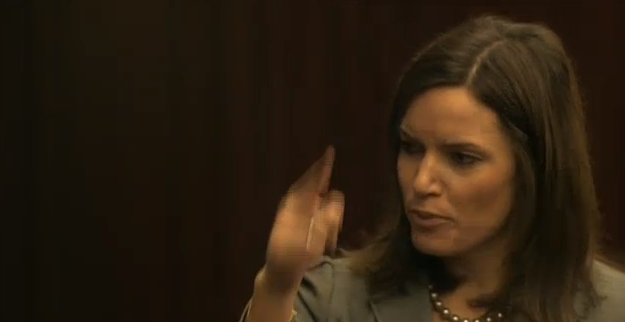
Assistant State Attorney Erin Wolfson made a solid presentation in the first of the State’s two closing arguments. (The State has a second closing argument after the defense’s close.)
Reasonable Doubt
She touched upon all the key points, using powerpoint slides and forensic photos, beginning with a definition of a reasonable doubt, defined in the negative as is pretty much the norm.
First Degree Murder
The elements of the crimes with which Dunn is charged, beginning with first degree murder.
In the context of first degree murder she also provided a definition ofpremeditation:
Second Degree Murder
Wolfson then transitioned into the lesser included charge of second degree murder, differentiating it from first degree:
She then defined 2nd degree murder in the context of the facts of this case:
Finally, she defined the malice element of second degree murder:
Premeditation
She emphasized, however, that this was truly a case of 1st degree murder, not second, because the element of premeditation was proven beyond a reasonable doubt by the evidence:
During this argument she made extensive use of the forensic evidence of the bullet strikes and trajectory rods, emphasizing the number and accuracy/precision of the shots fired:
Time for Reflection
She also touched upon the third burst of fire that struck the back of the fleeing SUV, and used this to transition into the “time for reflection” component of premeditation:
The Law of Self Defense
Wolfson then got to a subject near and dear to my own heart, the law of self-defense, starting with defining Florida’s laws governing the justifiable use of deadly force:
She also defined Florida law in the context of the use of deadly defensive force against a forcible felony:
Wolfson noted, however, that any act of self-defense must be that of a reasonably cautious and prudent person under the circumstances:
She then walked the jury through the facts in evidence, and urged that they conclude Dunn’s conduct simply did not qualify as lawful self-defense:
Attempted Murder
Wolfson then moved on to the three counts of attempted murder, in the context of Kevin Thompson, Leland Brunson, and Tommy Storns, defining the crime:
These charges stem, of course, from the final three rounds Dunn fired into the rear of the SUV as it fled:
Wolfson then touched upon the lesser included charges here, including both attempted murder in the 2nd degree and attempted manslaughter by act:
In the context of the manslaughter charge, she also defined “wanton and malicious”:
Weighing the Evidence: Dunn’s Inconsistent Statements
Wolfson spent the last part of her closing explaining to the jury how Judge Healey would instruct them to weigh the testimony in court.
She then asked the jury to carefully apply that same standard to Michael Dunn’s own testimony, calling out one inconsistent statement after another:
With that, Wolfson wrapped her closing statement, and Judge Healey recessed the court for lunch. Throughout the morning, defendant Michael Dunn sat impassive.
Defense Closing, State Rebuttal, Jury Instruction, Deliberations
After lunch defense counsel Cory Strolla will present his closing argument, after which the State will have an opportunity to rebut.
Following the State’s final closing argument, Judge Healey will instruct the jury on the various criminal charges, self-defense, how to weigh evidence, and provide them with their verdict forms, then send them off to deliberate.
It is a dangerous art to predict how long a jury will be out in deliberations. I would note, however, that the Zimmerman jury was effectively in deliberations for just a few hours, and the Marissa Alexander jury for only 12 minutes.
See you back at the live coverage page at 1:00PM, and for live-tweeting be sure to follow me at both @LawSelfDefense and @LawSelfDefense2.
–Andrew, @LawSelfDefense
Andrew F. Branca is an MA lawyer and the author of the seminal book “The Law of Self Defense, 2nd Edition,” available at the Law of Self Defense blog, Amazon.com (paperback and Kindle), Barnes & Noble (paperback and Nook), and elsewhere.
 DONATE
DONATE
Donations tax deductible
to the full extent allowed by law.

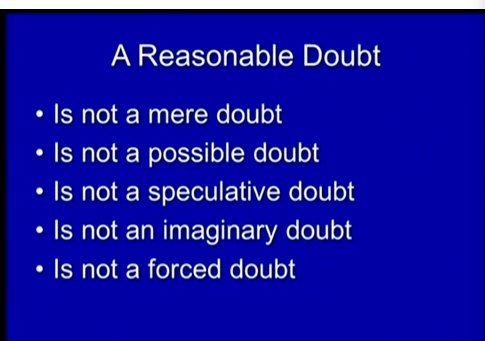
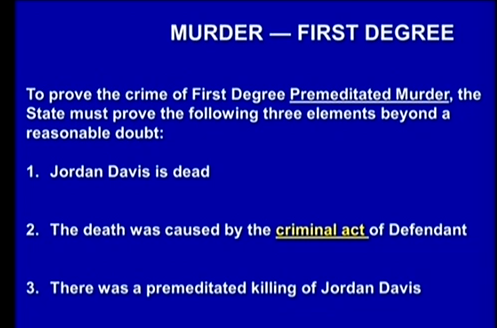
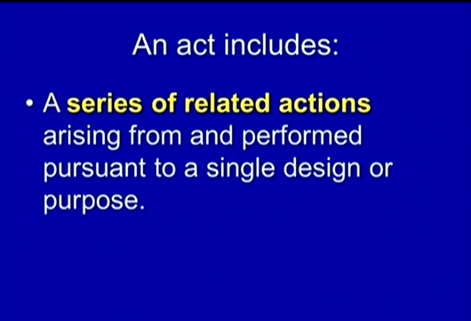
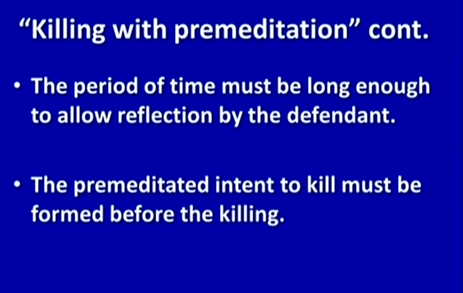
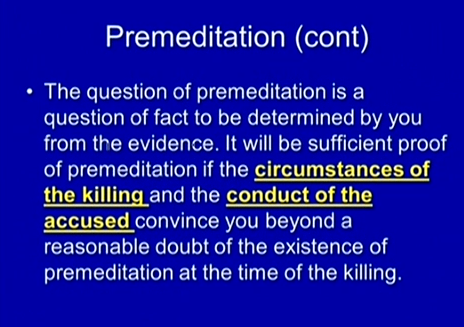
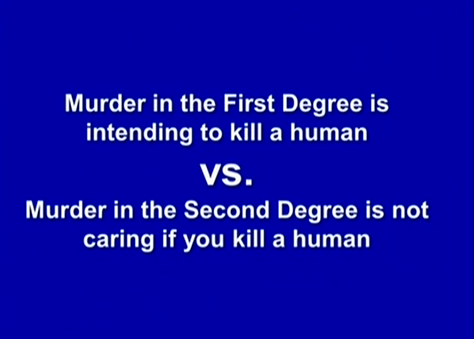
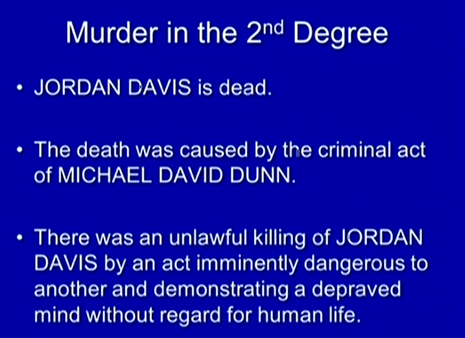
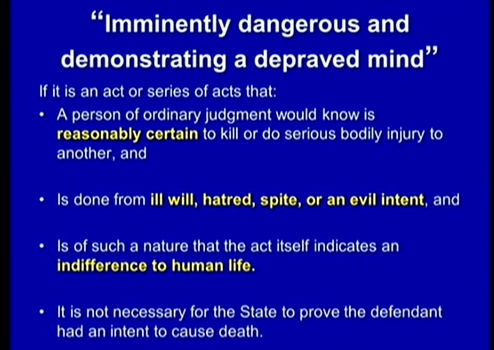
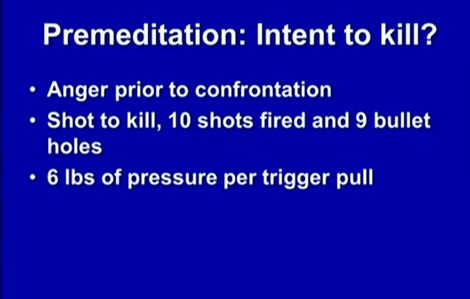
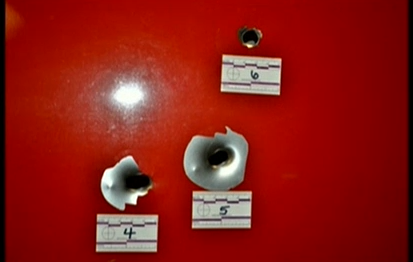
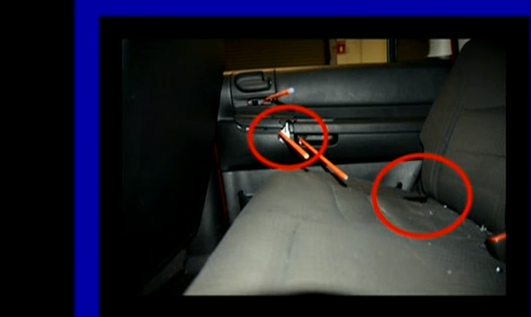
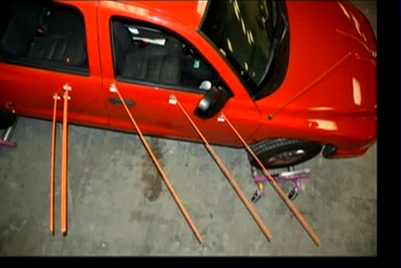
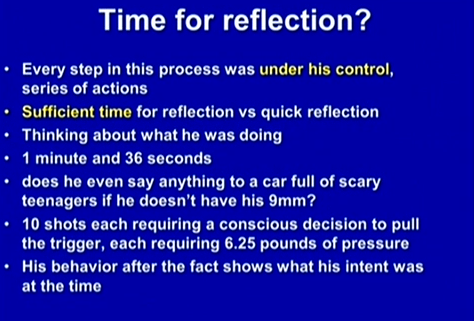
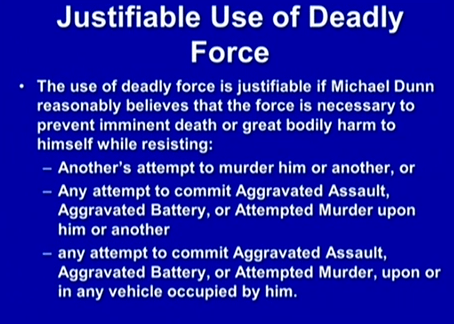
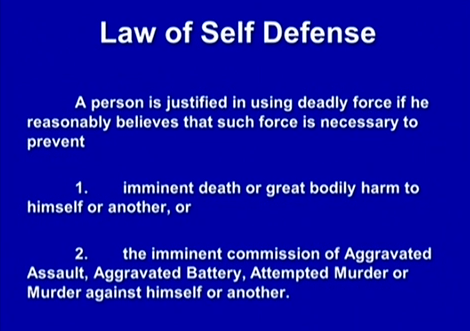
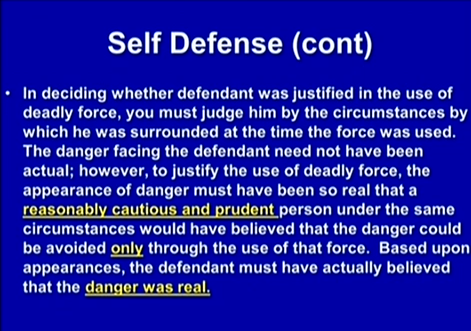
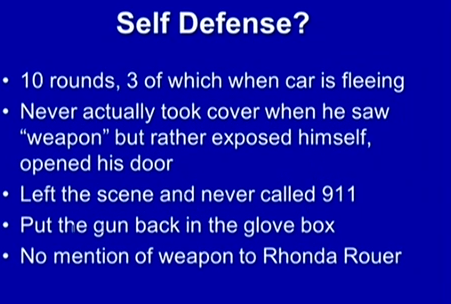
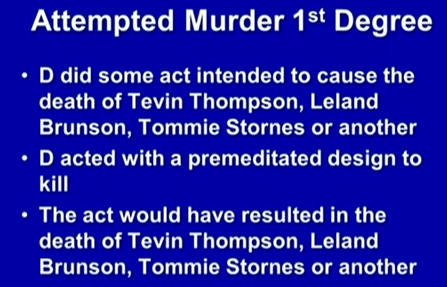
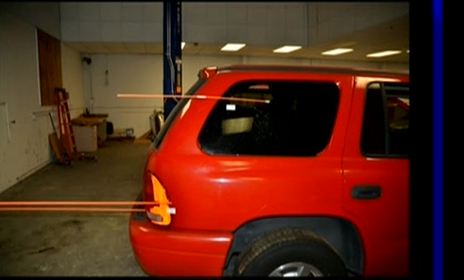
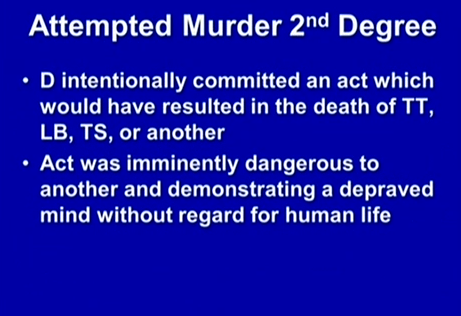
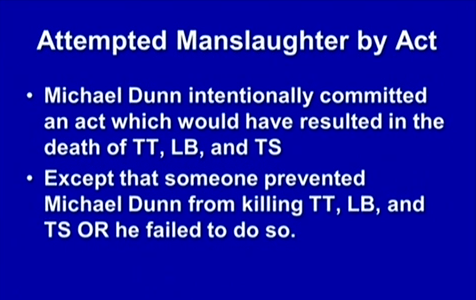
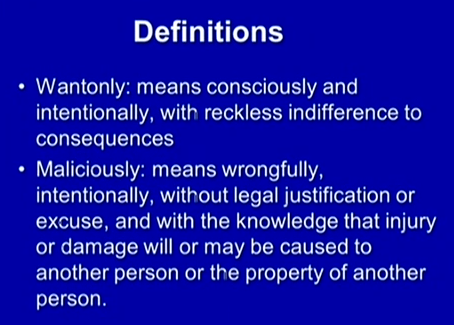
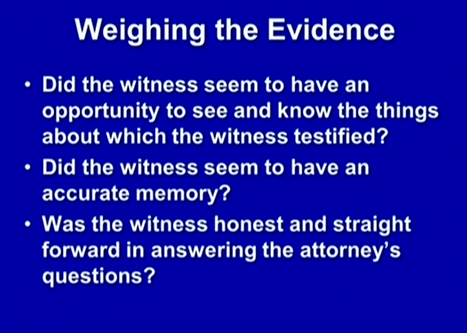
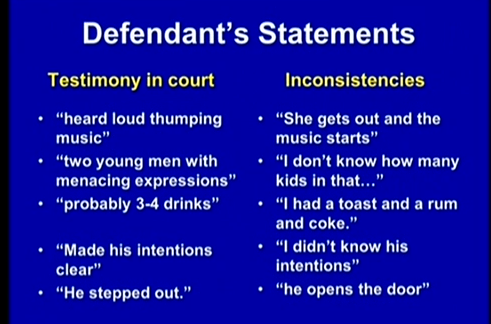
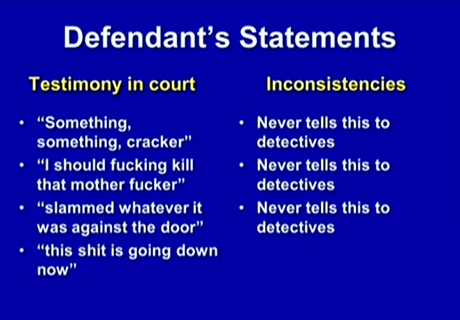
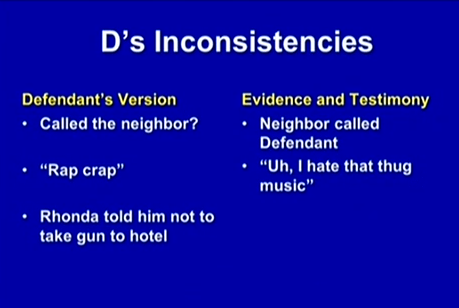
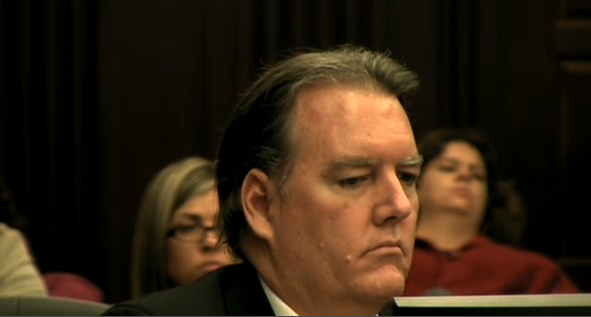








Comments
From what you have said so far, I would think that 2nd Degree is likely, manslaughter almost certain (did they get a manslaughter instruction? – it is, after all, a lesser included offense), but 1st Degree problematic, due to the premeditation.
I found the point about the 6 lb trigger pull interesting. Police routinely empty their rather large magazines when shooting someone, and my understanding is that their handguns are usually double action, theoretically with a decent trigger pull to prevent exactly this. Ten shots would almost be underkill for police, but nine hits on the vehicle would likely be too accurate for many of them. I think that the premeditation might be found in the time it took to reacquire the target after each shot – but with the police as the standard, not sure if that works.
I predict there will be a verdict in this case.
I further predict that WHAT verdict, we will all find out when there is one.
Police routinely empty their rather large magazines when shooting someone
I don’t know about “routinely”, but cases have been documented in which police shoot a full magazine but later swear they only took one shot. The case I recall specifically involved a riot gun, which isn’t auto anything.
my understanding is that their handguns are usually double action
“Auto” handguns are available with either mechanism (or both – which was the original meaning of the term “double action”). What any police department is using at any particular time would have to be determined.
You know, I wonder what would happen if this case happened in CA and the defense brought up that in less justifiable circumstances the police shot up some asian women because they were driving a pickup truck (never mind it was the wrong make and color) during the Dormer hunt, yet they were let go?
Imfine’s comment not withstanding, (and each and every one of those officers who fired their weapons in that CA instance, and the other one the same night should have had their own moments in front of a jury) I find no way that those final 3 shots at a fleeing vehicle were taken in self defense.
I don’t know, if someone engages you in deadly combat, I think if they flea you should kill them anyways since they may just come back later and try and kill you again. BTW, I am not making any ascertain about guilt or innocence. I have no idea what happened.
“I don’t know, if someone engages you in deadly combat, I think if they flea you should kill them anyways since they may just come back later and try and kill you again.”
Is that your opinion for lawful self-defense?
So in your world, you can’t rally do anything about the guy who pulls a gun at you, get a few shots off and then fleas? To read self defense that way, gives aggressors the “Right of Assassination”. I think Texas has it right on this one, once mortal combat begins, it can be done to the death. Cops will shoot at fleeing vehicles all the time regardless if they pose a threat, so the state already has the precedent in there. In my home state, recently cops tried to gun down a mentally ill man for trying to get a slow moving car to run him over.
If he thought that they were still going to shoot then I don’t blame him. Also if I felt the first six shots were justified I would have a hard time of convicting someone for firing more shots then absolutely necessary, given that a lot of times police don’t stop.
I am bothered by the steps though. But given the position of the bullets I don’t think he went as far as he says he did
Let me point out a macabre irony. If there was a gun, Dunn would have been better off hitting all four of the boys seriously. Then the police would have found the gun. Ah the beauty of our justice system.
As long as we are working with irony and hypotheticals. What if they had not been able to withdraw and there wasn’t any weapon? How would you guys find any redeeming aspects to Dunn’s defense? Their act of trying to save their lives by driving off seems like the only thing that Dunn can use.
Of course you do have to wonder why Dunn did not take cover when a shotgun was allegedly pointed at him. He actually placed himself directly in the place where the shotgun easily could get him. You do have to wonder why not one shot was fired from the mythical shotgun while the defendant was getting off 10 shots.
He mangled that same (mis)quote from Voltaire during his Zimmerman closing, too.
The boy doesn’t have much of a repertoire, does he.
Yeah but Strolla copied OMara’s minutes of silence schtik. Do they teach that at law school.
In closing Strolla said that Stornes cousin came to the scene after he called him. Is that in evidence?
In his testimony, Dunn said he heard a pop before firing.
Today when Wolfson [played back the shots, you do hear a pop quieter then the gun shots, but still quite loud. Any idea what that is?